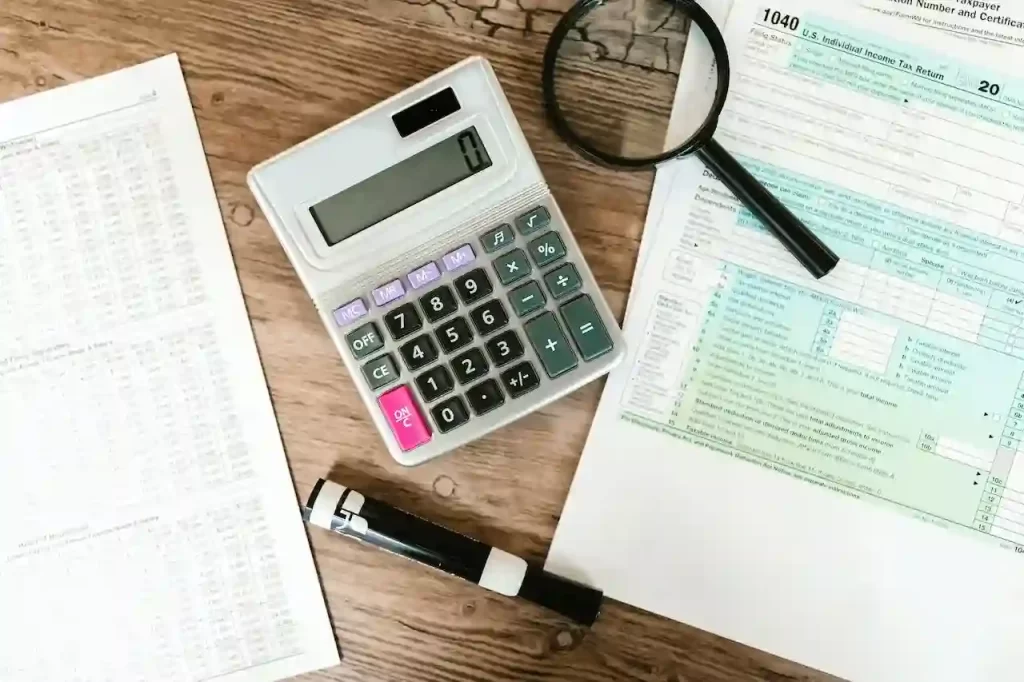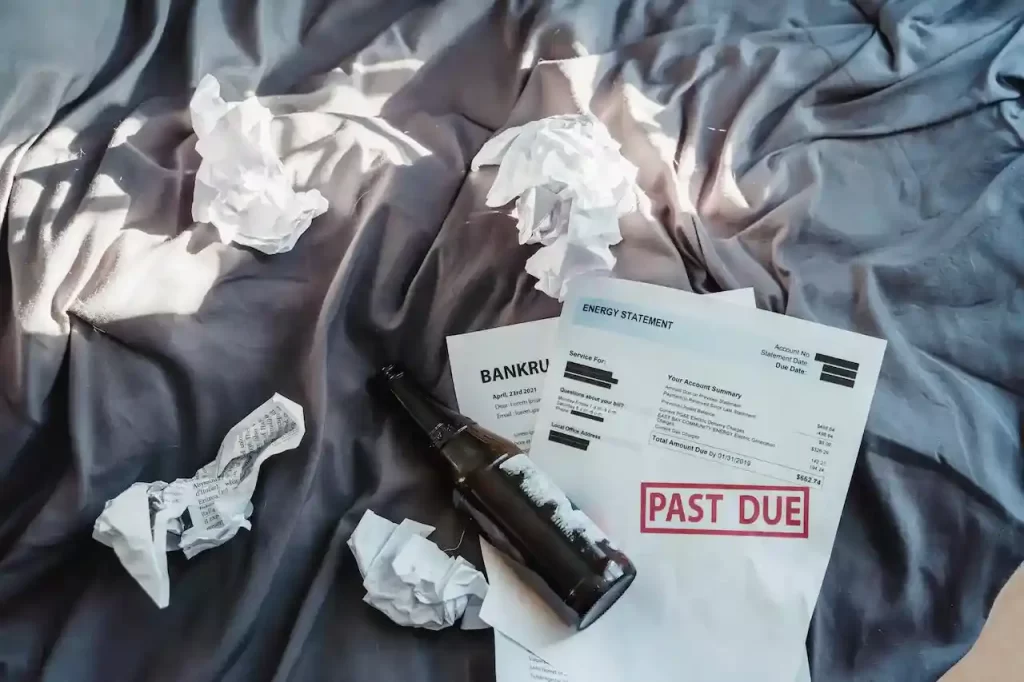Are you feeling weighed down by debt and looking for ways to regain control of your finances? You’re not alone. According to recent studies, millions of Americans struggle with debt, and the stress that comes with it can be overwhelming.
The good news is that there are strategies you can use to reduce your debt quickly and effectively.
In this article, we’ll explore three proven methods for reducing debt: the debt snowball method, the debt avalanche method, and the debt consolidation method.
By following these strategies, you can make steady progress towards paying off your debt, and feel more in control of your financial future.
Don’t let debt hold you back from achieving your goals and dreams. With the right mindset and tools, you can take charge of your finances and work towards a brighter future.
So, let’s dive in and learn more about these effective debt reduction strategies, and how you can use them to take the first step towards financial freedom.
Create A Budget With The Mindset Of Paying Off Debt
Creating a budget with the mindset of paying off debt is the first step in reducing your debt and achieving your financial goals.
The first step in creating a debt reduction budget is to calculate your total income and expenses, and identify areas where you can cut back on spending to free up more money for debt payments.
This may involve reducing discretionary spending, like eating out or shopping, or finding ways to lower your fixed expenses, like renegotiating your bills or finding more affordable housing.
I’ve created a simple guide that you can use to create a budget quickly [[How To Create An Easy To Follow Budget]].
For example, let’s say you have a total income of $4,000 per month and total expenses of $3,500 per month, including $500 in minimum debt payments.
To create a debt reduction budget, you might identify areas where you can reduce your expenses, such as cutting back on entertainment or subscription services, and allocate that extra money towards paying off your debt.
By reducing your expenses by $500 per month, you can double your debt payments and potentially pay off your debt more quickly.
It’s good to be realistic and flexible when creating a debt reduction budget, as unexpected expenses may arise and your income may fluctuate.
By staying committed to your budget and regularly reviewing and adjusting it as needed, you can take control of your finances and make steady progress towards your debt reduction goals.
Debt Avalanche Method
The debt avalanche method is a powerful strategy for reducing debt quickly and efficiently. With this method, you focus on paying off debts with the highest interest rates first, while making minimum payments on your other debts.
By doing so, you can save money on interest payments over time and pay off your debt more quickly.
For example, let’s say you have
three credit cards with balances of $1,000, $5,000, and $10,000, with interest rates of 15%, 18%, and 20%, respectively.
With the debt avalanche method, you would focus on paying off the credit card with the 20% interest rate first, while making minimum payments on the other two cards.
Once the card with the highest interest rate is paid off, you would then focus on paying off the credit card with the next highest interest rate, and so on.
By using the debt avalanche method, you can reduce your overall interest payments and pay off your debt more quickly.
However, it’s important to stay disciplined and committed to the process, as it can take time to see significant progress. With patience and persistence, you can take control of your finances and achieve your financial goals.
Debt Snowball Method
The debt snowball method is another powerful strategy for reducing debt, and is often a good option for those who need a quick win to stay motivated.
With this method, you focus on paying off your smallest debts first, while making minimum payments on your other debts.
Once the smallest debt is paid off, you roll the payment you were making on that debt into paying off the next smallest debt, and so on.
This method can help you build momentum and stay motivated as you see your debts being paid off.
For example, let’s say you have five debts: a credit card with a balance of $500, a personal loan with a balance of $2,000, a car loan with a balance of $5,000, a student loan with a balance of $10,000, and a mortgage with a balance of $150,000.
With the debt snowball method, you would focus on paying off the credit card first, while making minimum payments on your other debts. Once the credit card is paid off, you would then focus on paying off the personal loan, and so on.
By using the debt snowball method, you can quickly see progress in paying off your debts, which can be motivating and help you stay committed to your debt reduction plan.
However, you should note that you may end up paying more in interest over time with this method, compared to the debt avalanche method, as you may not be targeting the debts with the highest interest rates first.
Ultimately, the best method for reducing your debt will depend on your personal situation and financial goals.
Debt Consolidation Method
Debt consolidation is a strategy for simplifying your debt repayment by combining multiple debts into one single payment.
This method can help you simplify your finances and potentially reduce your interest rates, making it easier to manage and pay off your debt.
There are a few different ways to consolidate your debt, including taking out a personal loan, getting a balance transfer credit card, or working with a debt consolidation company.
For example, let’s say you have credit card debt with balances of $5,000, $3,000, and $2,000, with interest rates of 20%, 18%, and 15%, respectively.
You could consolidate these debts by taking out a personal loan with a lower interest rate, and using the loan proceeds to pay off your credit card debt.
By doing so, you can simplify your debt repayment by making a single monthly payment, potentially reduce your interest rate, and save money on interest payments over time.
It’s important to note that debt consolidation may not always be the best option for everyone, as it can come with fees and potentially lead to even more debt if you’re not careful.
Do your research, compare your options, and work with a trusted financial advisor or credit counselor to determine whether debt consolidation is the right option for you.
Conclusion
Reducing debt can be a challenging journey, but it’s a big step towards achieving financial freedom and stability.
By using strategies like the debt avalanche, debt snowball, debt consolidation, and creating a budget with a mindset, of reducing or eliminating debt completely, you can make steady progress towards your financial goals and reduce your debt more quickly.
It’s also important to remember that paying off debt requires more than just financial strategies – it also requires a positive and motivated mindset. Staying committed to your goals, focusing on progress rather than perfection, and celebrating small wins along the way can help keep you motivated and on track.
No matter what your financial situation is, remember that it’s never too late to take control of your finances and work towards reducing your debt.
With dedication, patience, and a positive mindset, you can overcome financial challenges and achieve your goals. So start taking action today and make your way towards financial freedom and stability.



